While most people know they should apply sun cream before spending time in the sun, not everyone knows how much of it to use. A lot of us don't apply enough sunscreen, which leads to painful and noticeable sunburns.
There is still some confusion about how much sun cream to use in which body areas, and how often you should reapply. We explain the optimal amount, which products you should use, and explore areas of the body that are typically missed.
Why sun protection is important
Though the sun brightens our mood and promotes our sense of well-being, there are also some downsides. Enjoying the sun is always exciting but too much exposure can lead to sunburn, sun allergies, hyperpigmentation and even skin cancer.
Therefore, wearing sunscreen every day is important, especially on sunny summer days, because UV rays are stronger due to longer daylight hours and more direct sun exposure. Using a facial sunscreen protects your skin from the sun’s damaging UVA rays, which is also critical for preventing premature ageing.UVA rays are 95% of the UV radiation that reaches the earth. These rays can enter the middle layers of your skin, called derming, damaging it. We are exposed to UVA rays whether we’re in the shade of a tree, by the window inside, or on the beach. Learn more in Skin and the sun.
How much sunscreen to use on your face and body
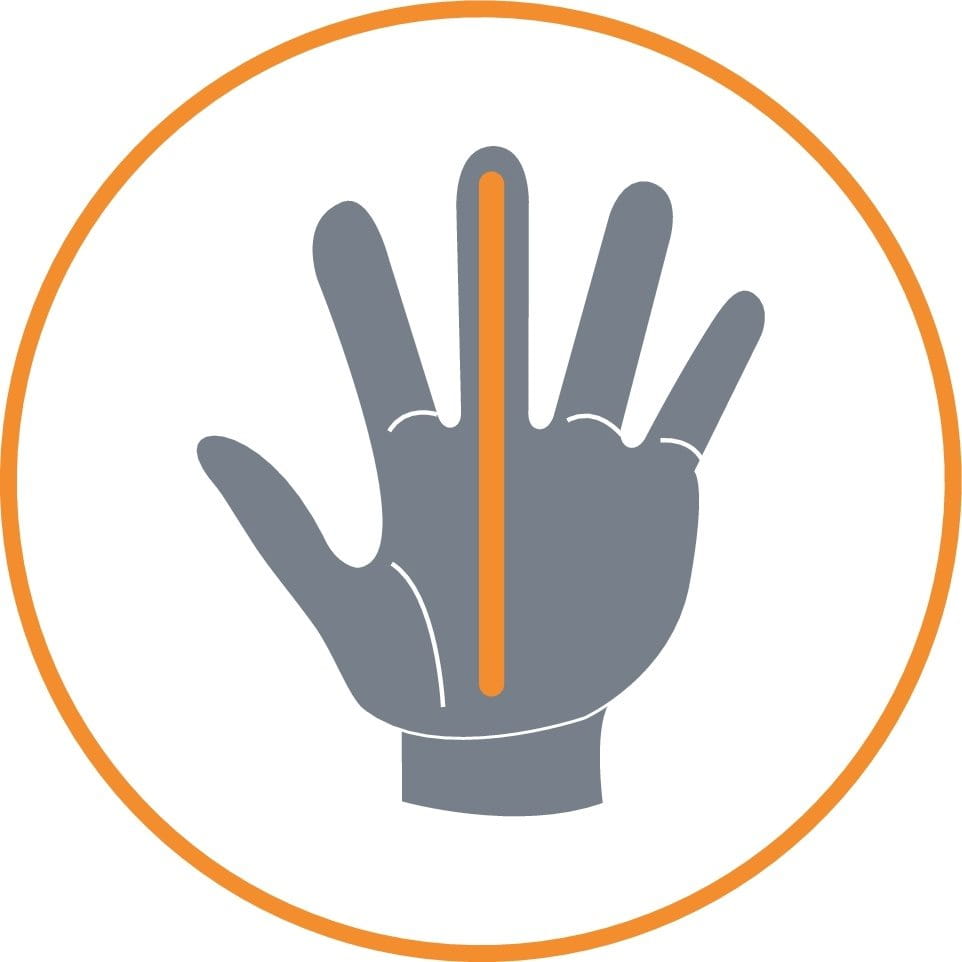
To achieve the Sun Protection Factor (SPF) reflected on your sun cream, use approximately two milligrams per square centimetre of skin. In practice though, it's difficult to work out how much sun cream to use using this measurement. Instead, you can use your palm to measure how much product to use:
Adult's lotion, fluid or cream: On each region of the body, apply a thick line of sunscreen stretching from the tip of your middle finger down to your wrist.
Adult's spray: Spray 15 times on each area of the body. Shake well before using and apply generously until an even sheen appears on the skin.
Sun cream use for children

Children aged 3-6 lotion: On each region, apply a thick line of sunscreen the length of your middle finger and half the length of your index finger. For the head and neck, apply double the amount.
Children aged 6-10 lotion: On each region, apply a thick line of sunscreen the length of your middle and index finger. For children older than 10 follow the instructions for adults above.
Children's spray: 5 sprays on each region for children aged 3-6, 7-10 sprays for children aged 6-10, 10-15 sprays for children older than 10.
Eucerin Kids Sun Lotion Sensitive Protect SPF 50+ provides very high UVA and UVB protection for children’s sensitive skin. Its gentle, fragrance-free formula is suitable for eczema-prone skin and water-resistant for active play. Enriched with antioxidants, it helps protect against sun damage while being easy to apply and absorb—trusted sun care for little ones.
Eucerin Sun products are suitable for children from three years and above.
When should you apply sunscreen?
Apply sun cream 30 minutes before you go outside, and allow the ingredients to fully bind to the skin before you get dressed. Getting dressed immediately after can mean the product rubs off on your clothing.
Sun cream should be used daily to help reduce the risk of skin cancer, prevent sunburn and decrease the likelihood of early skin ageing. Learn more hereHow often should you reapply sunscreen?
Sunscreen should be reapplied every two hours, or more frequently after swimming, towelling off or heavy perspiration to maintain the original protection. Keep in mind that the SPF of the sunscreen has nothing to do with the frequency you need to apply the sunscreen.
Remember that if you applied sun cream an hour before going out, you should reapply after being outside for an hour. Reducing the quantity of sun cream will significantly lower the level of protection.
Choose the right sunscreen product for your skin
Eucerin Sun goes beyond UV protection and is tailored to individual skin needs. The Eucerin sun protection range includes a comprehensive selection of products that offer high levels of sun protection.
Whichever product you choose, ensure it contains UVA and UVB, commonly called a broad-spectrum sunscreen. UVA protects against the ageing rays, while UVB protects against the burning rays.
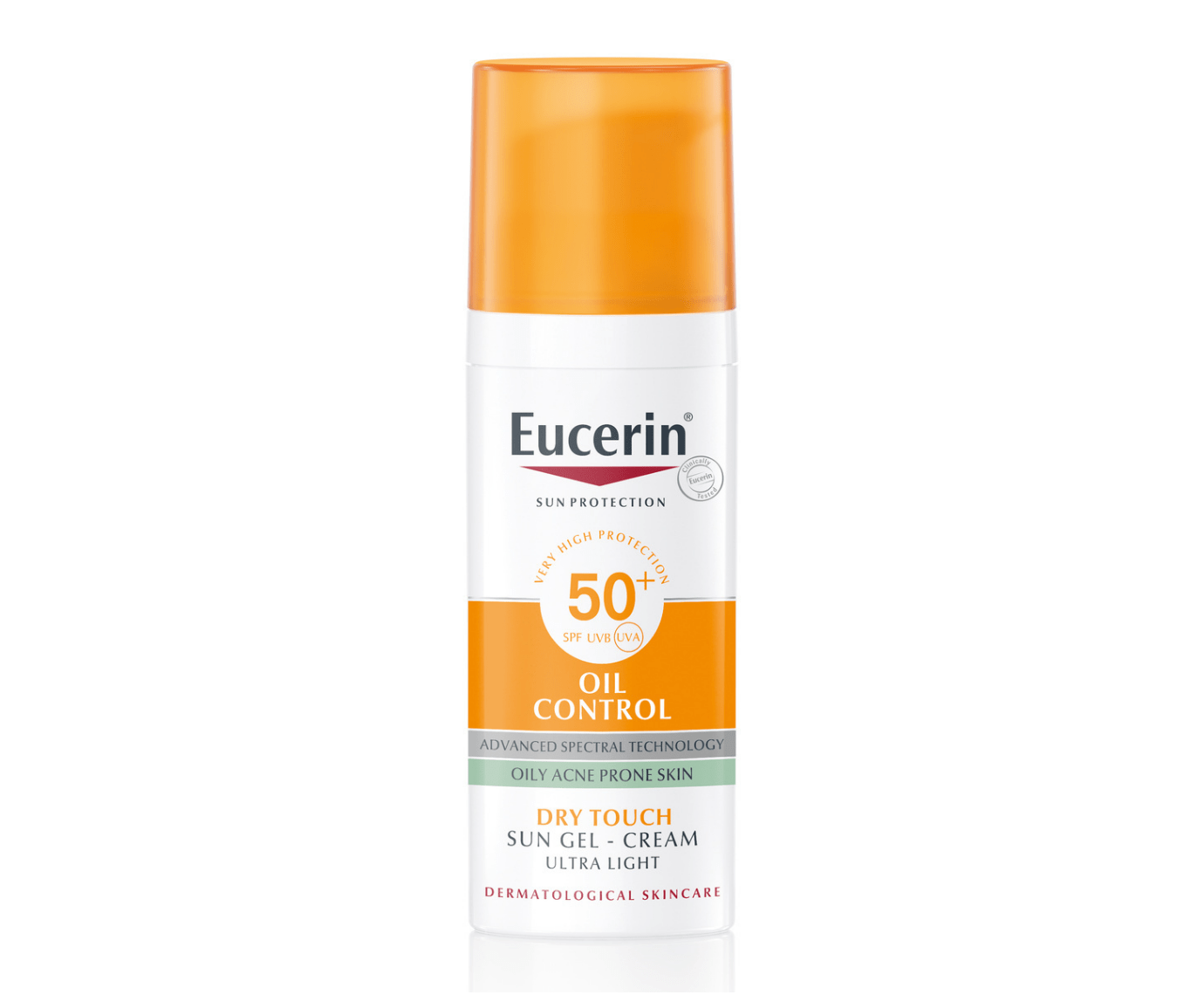
Sunscreen products for your face
- Blemish-prone skin: Oil Control SPF 50+
- Ageing skin: Photoageing Control SPF 50
- Hyperpigmentation: Pigment Control SPF 50+
- Eczema-prone skin: Sensitive Protect SPF 50+
Sunscreen products for your body and face
- For all skin types: Dry Touch Sensitive Protect SPF 50+
- Allergy-prone skin: Allergy Protect Gel-Cream SPF 50+
- Children's sensitive skin: Kids Sun Spray SPF 50+
- For prevention of actinic keratosis and non-melanoma skin cancer: Actinic Control MD SPF 100
Learn more about sun protection on our website, including How to use SPF protection to prevent skin cancer.
Do you need a SPF 50 sunscreen for your face?
Whether you need SPF 50 sunscreen for your face depends on your skin type, sun exposure, and how much protection you want. SPF 30 or higher blocks about 97% of UVA and UVB rays and is usually sufficient for everyday use, especially if you spend most of your time indoors or have darker skin. On the other hand, SPF 50 offers very high protection, blocking around 98% of harmful rays, making it ideal for fair or sensitive skin, extended outdoor exposure, or summer months.
Using SPF 50 or more provides added peace of mind, particularly during intense sun exposure in the summer. Learn more about which SPF to use based on your skin type and daily needs.

Body areas not covered with sunscreen
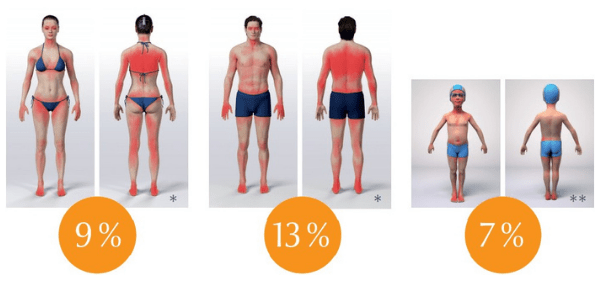
Ensure you apply sunscreen thoroughly and do not forget often neglected body areas. Our study found that men leave 13% of the body’s surface uncovered, while women don't apply sun cream to 9% of their body*.
Some body parts are easy to miss, but while a small patch of exposed skin might seem harmless, thorough application is the best way we can minimise sun damage to our skin. Don't forget to apply sun cream to your eyelids, hairline or parting, soles of your feet and lips.
*Sunscreen application studies with 52 test persons (29 women, 23 men), EADV 2017
**Sunscreen application study with 17 children (4 years old on average), EADV 2018
What is mineral sunscreen for the face?
Mineral sunscreens for the face also protect your skin from UVA and UVB rays, but their difference is that they use fewer ingredients. This makes them more suitable in terms of skincare, especially for people with sensitive skin.
This type of sunscreen not only protects your skin, but also keeps coral reefs and wildlife safe. They use what is called “reef-friendly” zinc oxide and titanium oxide filters. These filters sit on the surface of your skin and block the sun rays, reflecting them instead of absorbing them.
Do I need different sunscreen for the face and body?
As with moisturisers, sunscreen for the face is made differently to sunscreens for the body. Your face is exposed to the sun more often than your body and some of the most sensitive skin areas are part of the face, like the area under your eyes. That’s why the facial sunscreens are designed to be absorbed more easily and feel lighter.
Scientists suggest that should avoid using the standard body sunscreen on your face if you have acne-prone skin. Otherwise, using a body sunscreen on the face, and vice versa, will not do any harm. However we recommend using a specific facial sunscreen for your face.
Can you tan with sunscreen?
Sunscreen does prevent tanning to some degree. As mentioned above, a sunscreen of SPF 30+ protects you from 97% of the UVA radiation, while SPF 50+ from 98%.
As a result, 2% or 3% will reach your skin and this is how you can still tan while you use sunscreen.
Our brand values

We deliver a holistic dermo-cosmetic approach to protect your skin, keep it healthy and radiant.

For over 100 years, we have dedicated ourselves to researching and innovating in the field of skin science. We believe in creating active ingredients and soothing formulas with high tolerability that work to help you live your life better each day.

We work together with leading dermatologist and pharmacist partners around the world to create innovative and effective skincare products they can trust and recommend.
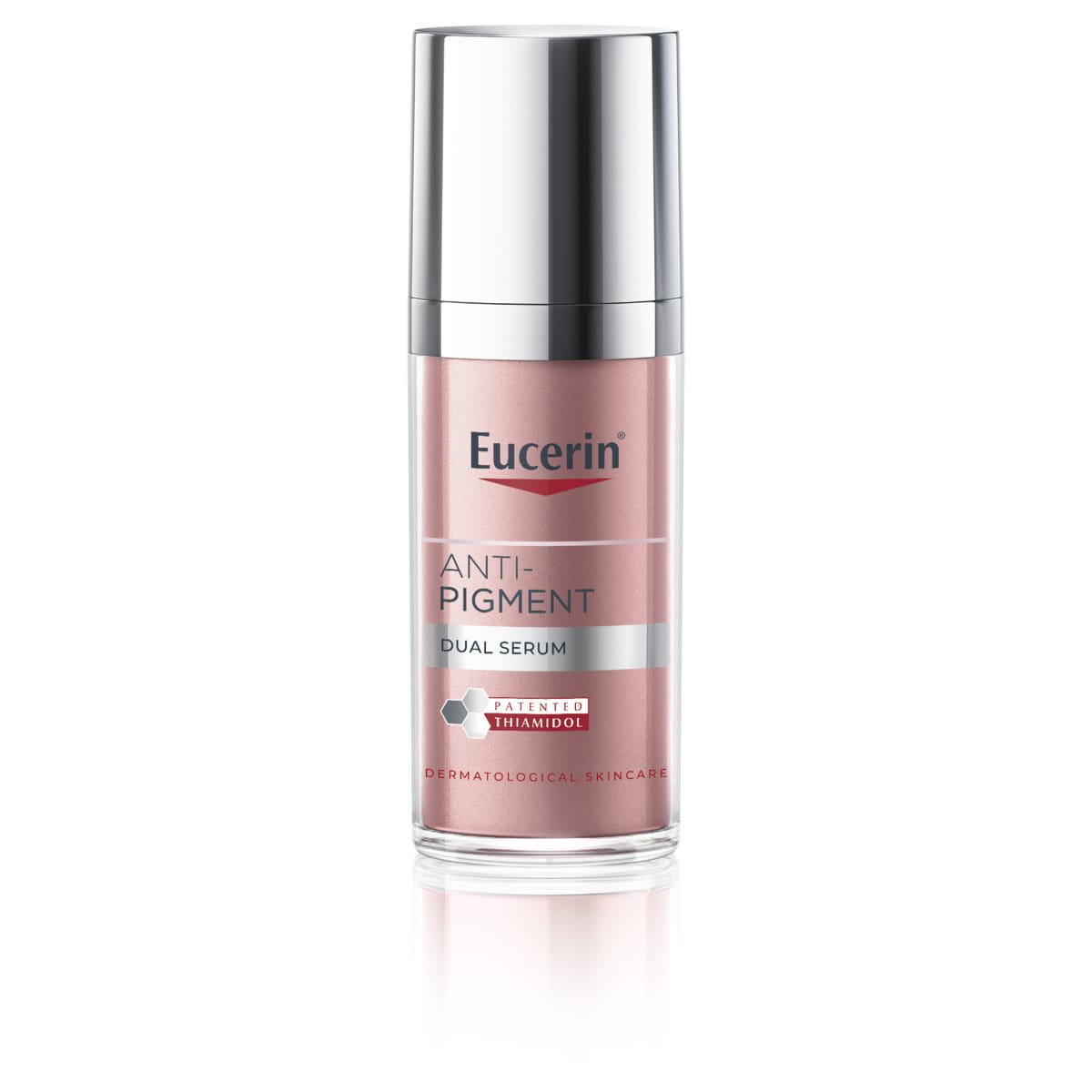
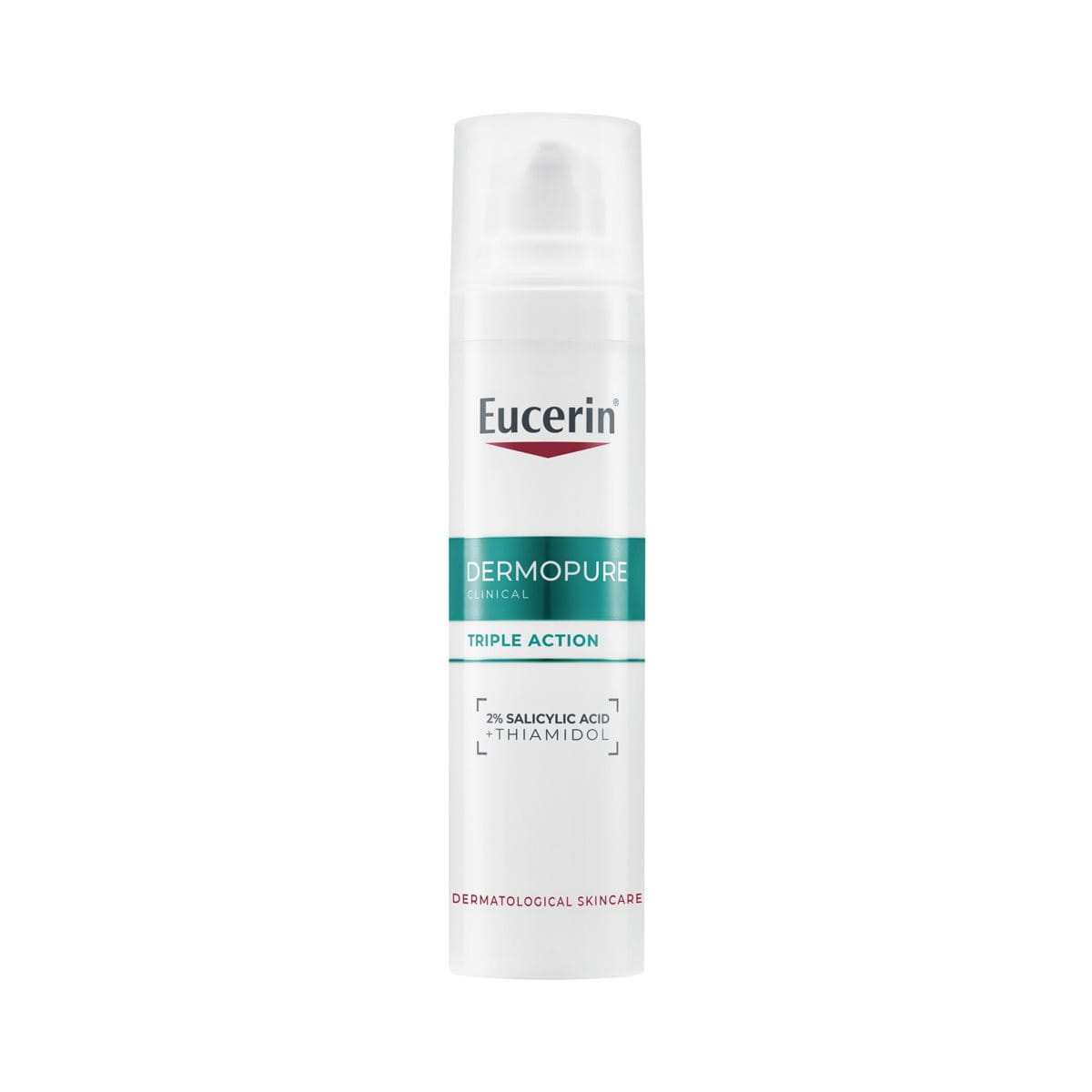




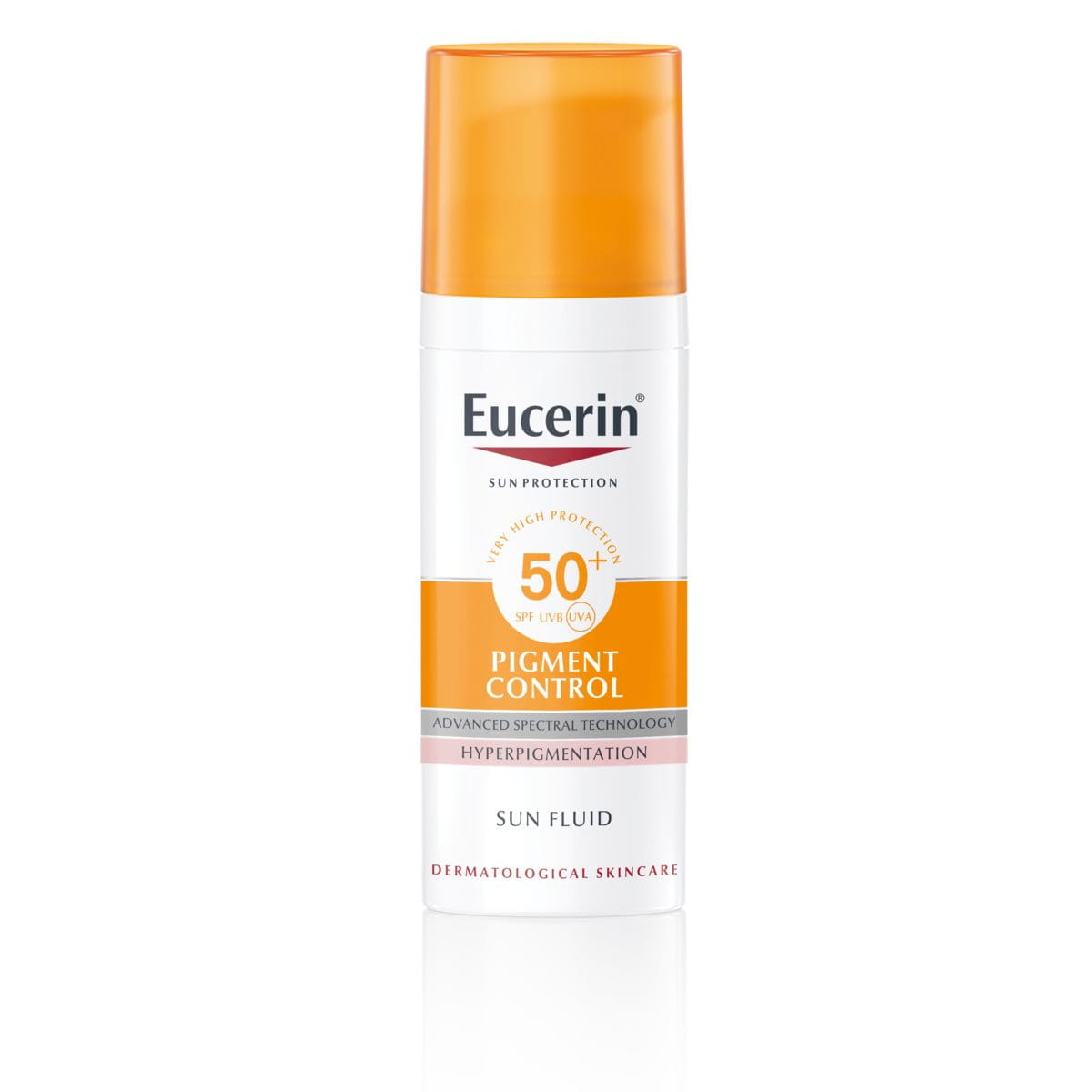
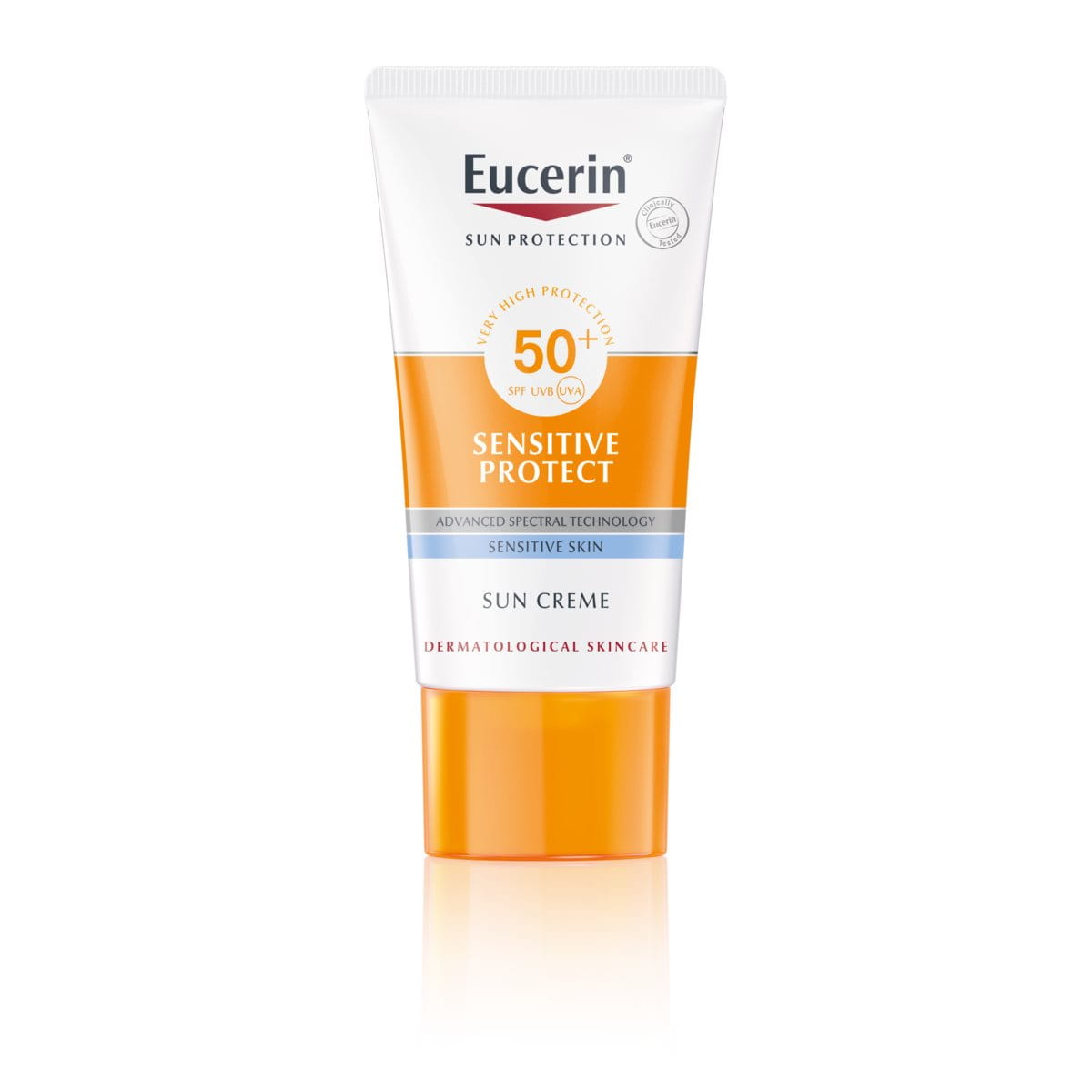
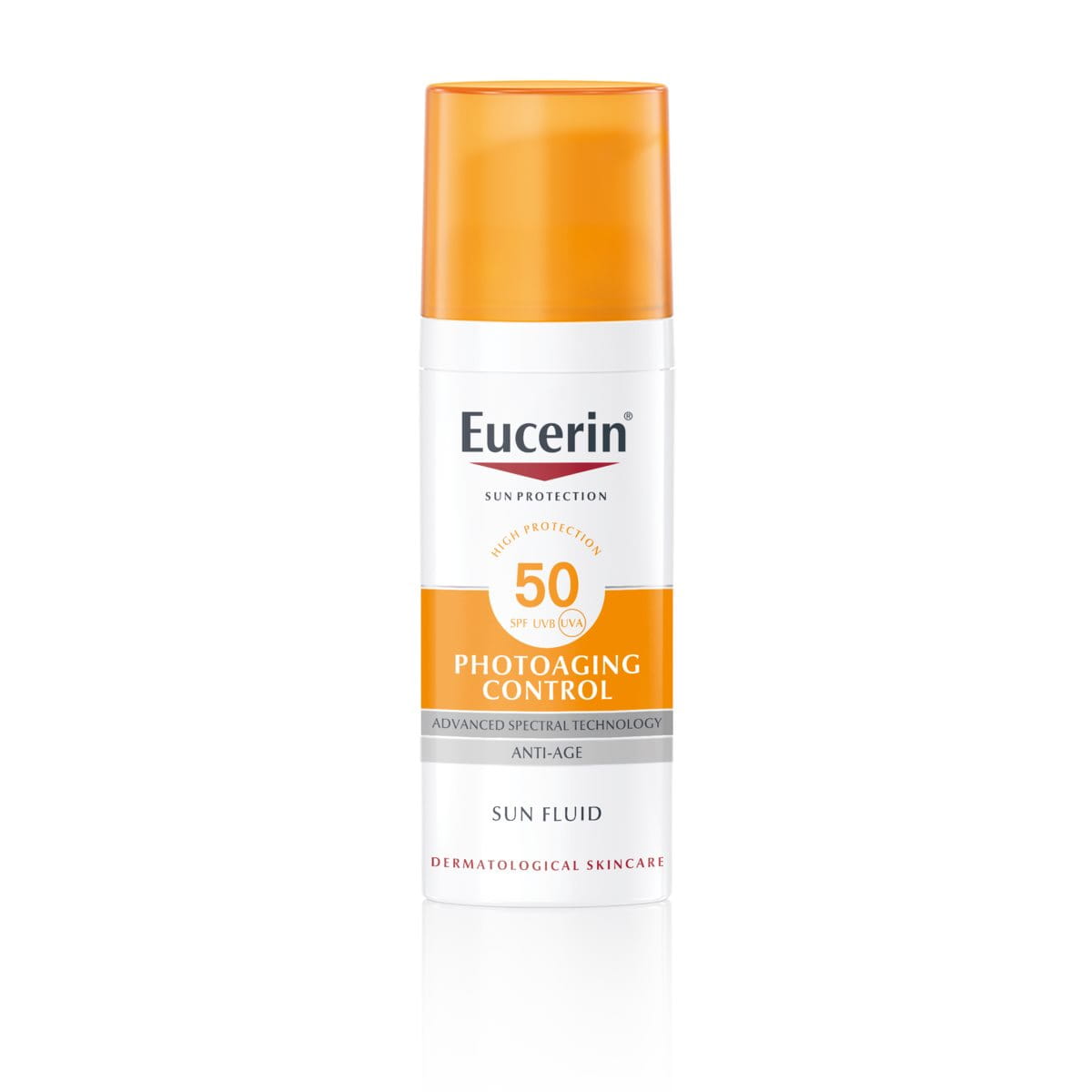
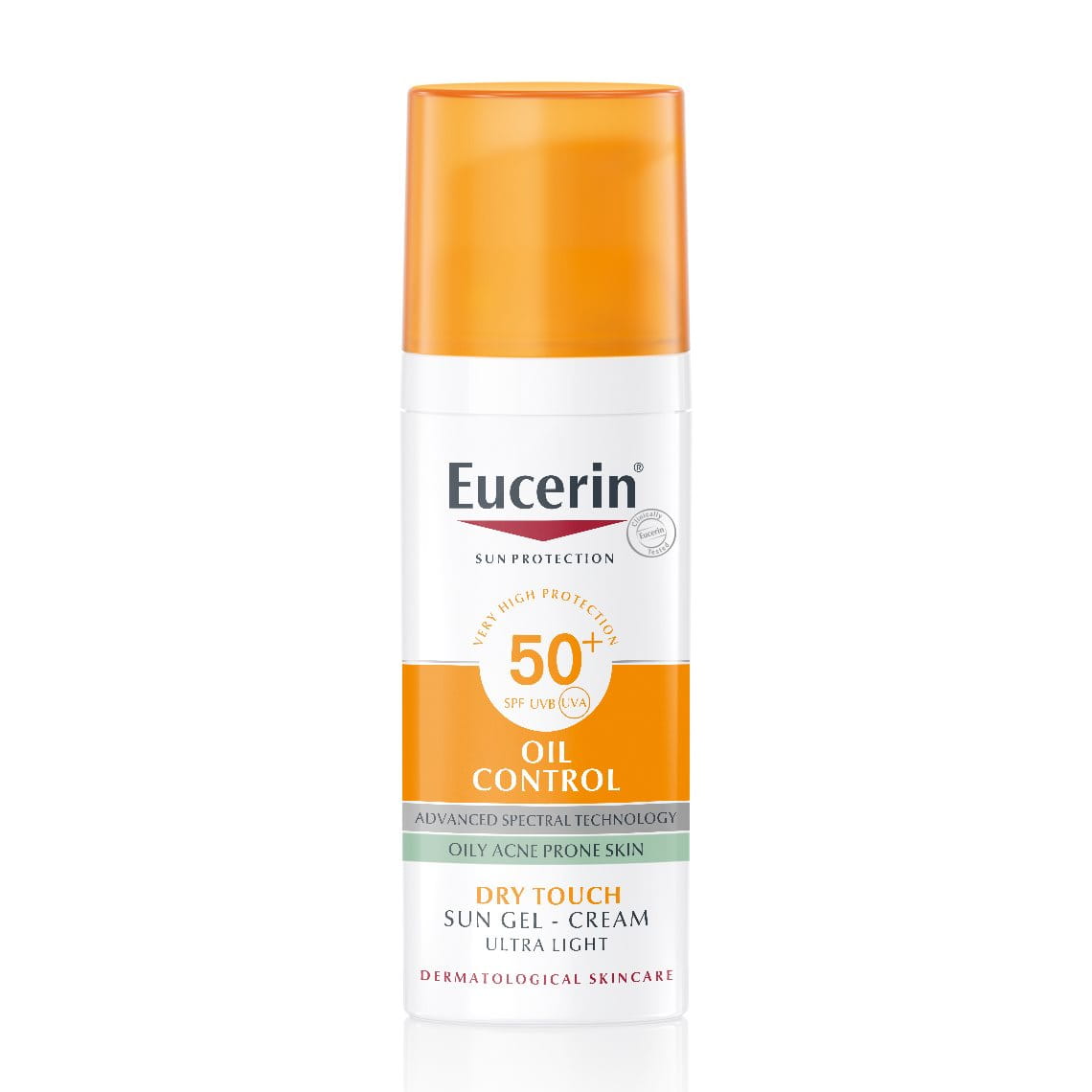



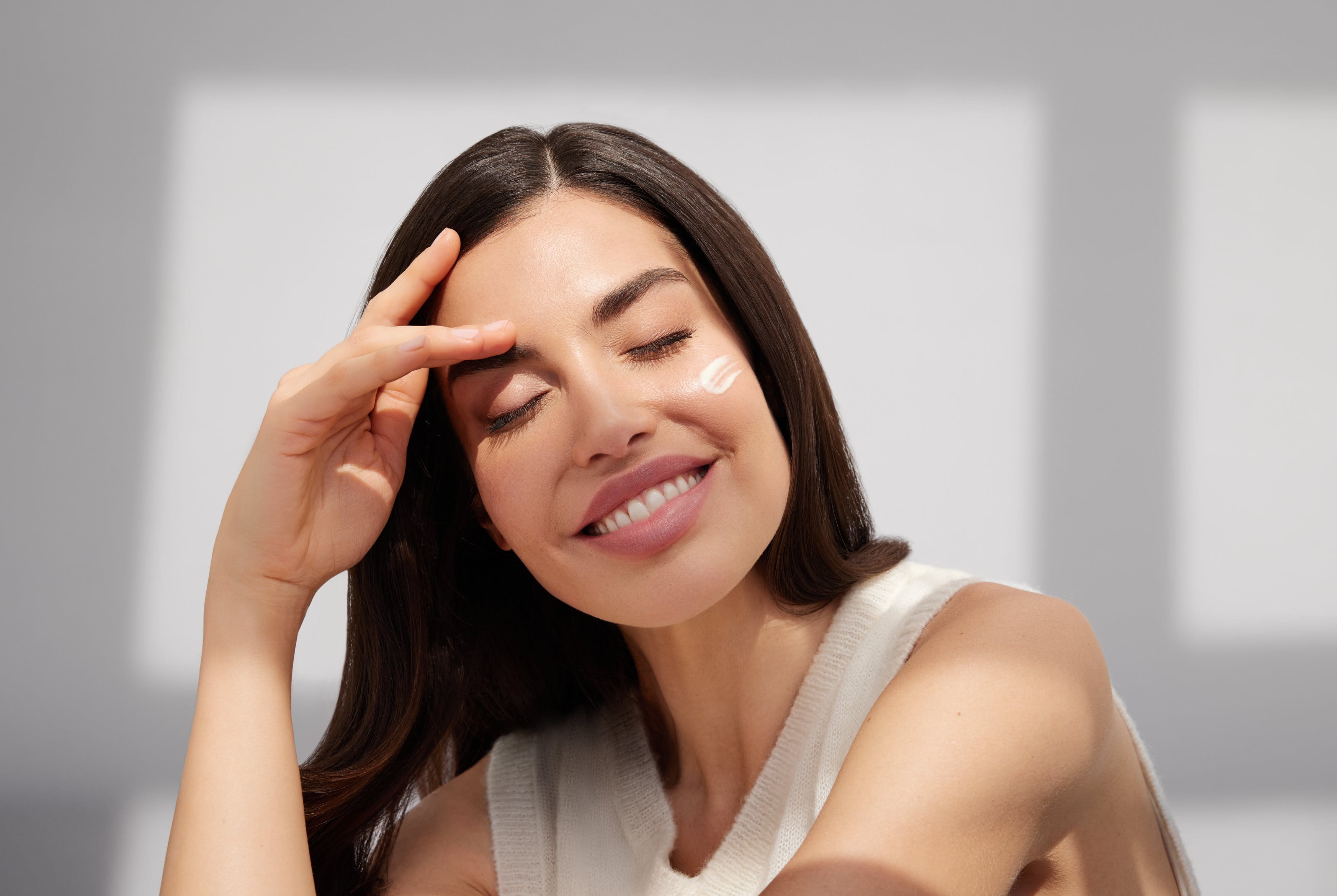
.jpg?rx=2&ry=0&rw=3631&rh=2433&hash=0F13A60962F01C1B67F14307BA35CADB)
